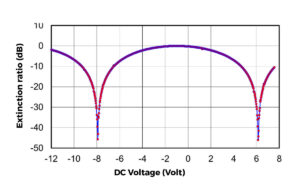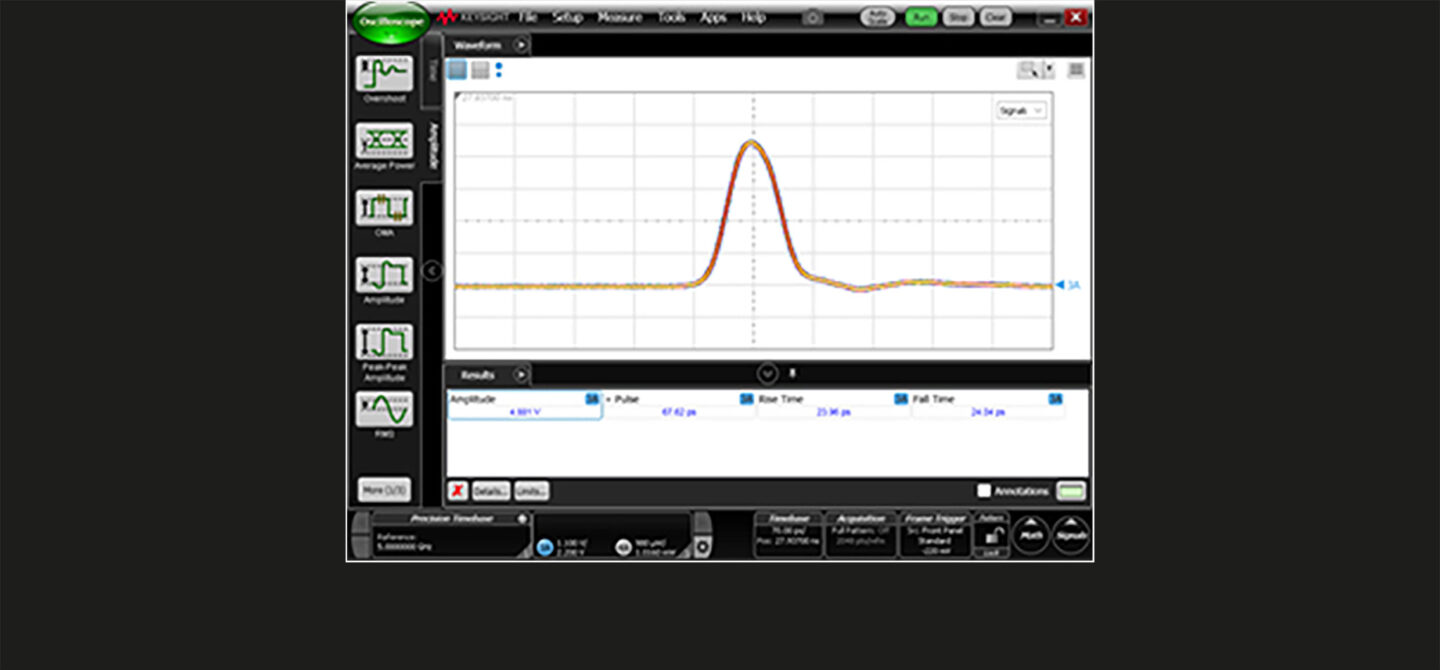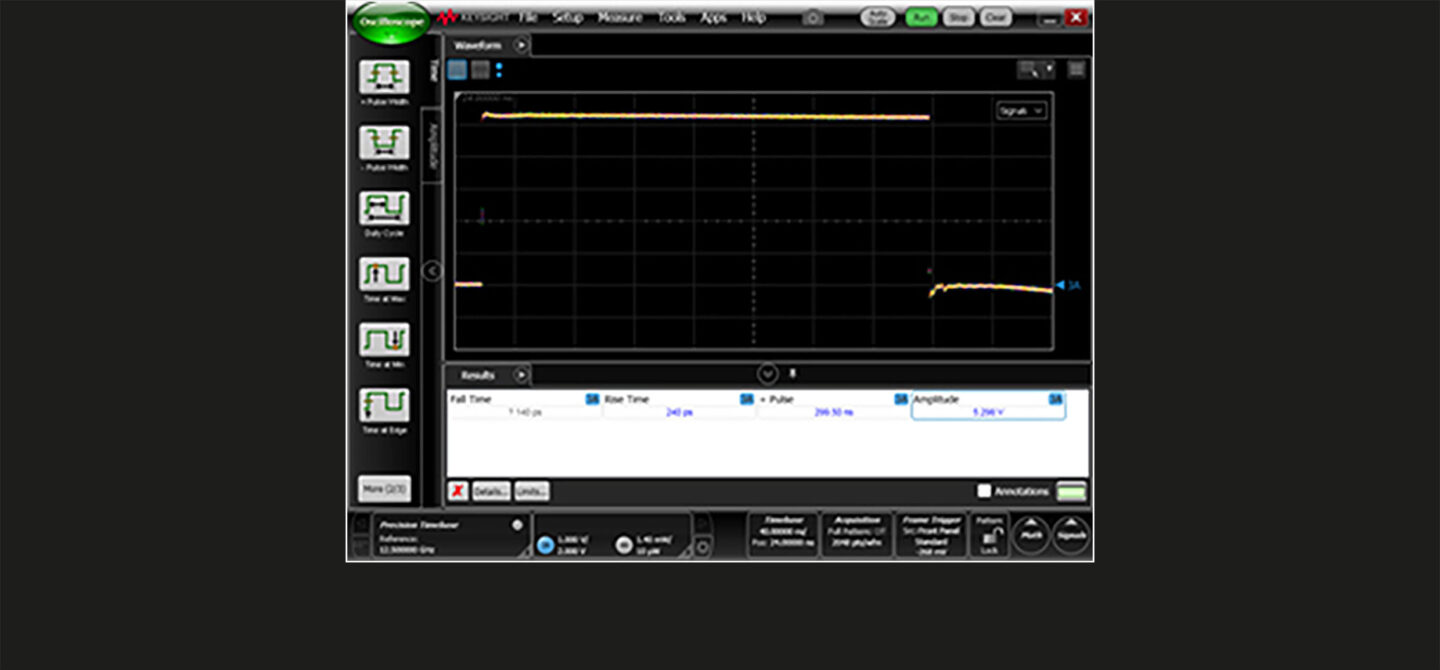Distributed Temperature Sensing (DTS)


Brillouin based sensors have emerged as an optical fiber sensing technology that is growing in importance for distributed sensing of temperature and strain. The numerous applications in industrial temperature sensing, structural health monitoring and pipeline or slope monitoring place increasing demands on the performance of the Brillouin Optical Time Domain Analysis (BOTDA).

|
|
|---|---|
| Extinction Ratio | 30 dB, 35 dB or 40 dB |
| Vπ @ 10 GHz | Max. 7 V |
| Input Optical Power | Max. 20 dBm (100mW) |
| Insertion Loss | 3.5 dB |
| Wavelength | 1530-1625 nm |

|
|
|---|---|
| Extinction Ratio | 30 dB, 35 dB or 40 dB |
| Vπ @ 10 GHz | Max. 7 V |
| Input Optical Power | Max. 20 dBm (100mW) |
| Insertion Loss | 3.5 dB |
| Wavelength | 1530-1625 nm |

|
|
|---|---|
| Electro-optic Bandwidth | 12 GHz typical |
| Vπ @ 10 GHz | Max. 7 V |
| Input Optical Power | Max. 20 dBm (100 mW) |
| Insertion Loss | 3.5 dBm |
| Wavelength | 1530-1625 nm |

|
|
|---|---|
| Electro-optic Bandwidth | 12 GHz typical |
| Vπ @ 10 GHz | Max. 7 V |
| Input Optical Power | Max. 20 dBm (100 mW) |
| Insertion Loss | 3.5 dBm |
| Wavelength | 1530-1625 nm |

|
|
|---|---|
| Cut-off frequency | 11 GHz typical |
| Output voltage | 12,5 V typical |
| Gain | 30 dB |
| Satured Output Power | Min. 26 dBm |
| Noise Figure | 3 dB |

|
|
|---|---|
| Cut-off frequency | 11 GHz typical |
| Output voltage | 12,5 V typical |
| Gain | 30 dB |
| Satured Output Power | Min. 26 dBm |
| Noise Figure | 3 dB |
Dedicated products
Frequency Generation
| Product | Specification | Datasheet | |
|---|---|---|---|
| ANalog Drivers | |||
| DR-AN-10-HO | 10 GHz Analog High Output Voltage Driver Module | More info |
Sensing Fibers
| Product | Specification | Datasheet | |
|---|---|---|---|
| Rad Hard Fibers | |||
| IXF-SM-1550-80-019-PI | Low radiation level Polyimide coating |
More info | |
| IXF-SM-1550-80-024-PI | Low radiation level Polyimide coating |
More info | |
| IXF-SM-1550-125-012-PI | Low radiation level Polyimide coating |
More info | |
| IXF-SM-1550-125-014-PI | Low radiation level Polyimide coating |
More info | |
| IXF-SM-1550-125-028-PI | Low radiation level Polyimide coating |
More info | |
| IXF-SM-1550-125-014-HT | Low radiation level Acrylate coating |
More info | |
| IXF-RAD-SM-1550-014-HT | High radiation level Acrylate coating |
More info | |
| IXF-RAD-SM-1550-014-PI | High radiation level Polyimide coating |
More info | |
| IXF-RAD-SM-1550-014-AL | High radiation level Aluminum coating |
More info | |
| Passive Fibers | |||
| IXF-MMF-105-125-0.22-RAD | 105 µm core diameter Rad Hard Space Grade |
More info |
Publications
-
Recent Advances in Brillouin Optical Time Domain Reflectometry
MDPI Sensors Vol 19 – Issue 8 – 18th April 2019
In the past two decades Brillouin-based sensors have emerged as a newly-developed optical fiber sensing technology for distributed temperature and strain measurements…
Read more -
Effects of pump pulse extinction ratio in Brillouin optical time-domain analysis sensors
Optics Express Vol 25 – No 22 – 30 th October 2017
We report on two previously unknown non-local effects that have been found to impair Brillouin optical time-domain analysis (BOTDA) sensors that deploy limited extinction ratio (ER) pump pulses…
Read more -
Combined effect of radiation and temperature: towards optical fibers suited to distributed sensing in extreme radiation environments
30th Conference on Radiation and its Effects on Components and Systems (RADECS 2019) – September 2019
Combined effect of radiation and temperature on the response of polyimide coated radiation hardened single-mode fibers is investigated in the context of distributed monitoring of large nuclear infrastructures. Radiation induced attenuation (RIA) is evaluated for doses ranging from 1 to 10 MGy(SiO2) and temperatures up to ~250 °C.
Learn more -
Radiation resistant single-mode fiber with different coatings for sensing in high dose environments
IEEE Transactions on Nuclear Science – 10 December 2018
A radiation single-mode optical fiber has been specifically developed for distributed sensing in harsh environments associated with MGy(SiO2) dose radiation. Different types of coating have been used: acrylate, polyimide, aluminum that allow extending the range of accessible temperatures up to 400°C…
Learn more



